 In their recent Trial Advocacy column in the New York Law Journal, NYC Personal Injury Attorneys Ben Rubinowitz of Gair, Gair, Conason, Rubinowitz, Bloom, Hershenhorn, Steigman & Mackauf, and Evan Torgan of Torgan & Cooper write: Whether in the form of a deposition, surveillance footage or an event captured on a nearby security camera, the trial lawyer must think carefully how to best exploit a video as a strategic tool for helping her win the case before ever questioning a witness. If used properly, a video can serve to leave an indelible impression that there is no doubt that the witness is a liar, cannot be trusted and is anything but credible.
In their recent Trial Advocacy column in the New York Law Journal, NYC Personal Injury Attorneys Ben Rubinowitz of Gair, Gair, Conason, Rubinowitz, Bloom, Hershenhorn, Steigman & Mackauf, and Evan Torgan of Torgan & Cooper write: Whether in the form of a deposition, surveillance footage or an event captured on a nearby security camera, the trial lawyer must think carefully how to best exploit a video as a strategic tool for helping her win the case before ever questioning a witness. If used properly, a video can serve to leave an indelible impression that there is no doubt that the witness is a liar, cannot be trusted and is anything but credible.
Gair, Gair, Conason, Rubinowitz, Bloom, Hershehorn, Steigman & Mackauf named Best Law Firm 2021 By U.S. News – Best Lawyers® and a Tier 1 Firm for Personal Injury, Medical Malpractice and Product Liability in New York City
 For the 11th consecutive year, our New York Personal Injury Law Firm was named a Best Law Firm 2021 by U.S. News – Best Lawyers®. The firm was also named
For the 11th consecutive year, our New York Personal Injury Law Firm was named a Best Law Firm 2021 by U.S. News – Best Lawyers®. The firm was also named
- A Tier 1 Firm for Personal Injury Litigation – Plaintiff in New York City
- A Tier 1 Firm for Medical Malpractice Litigation – Plaintiff in New York City
Delivery man on e-bike killed by hit and run driver in Harlem, New York
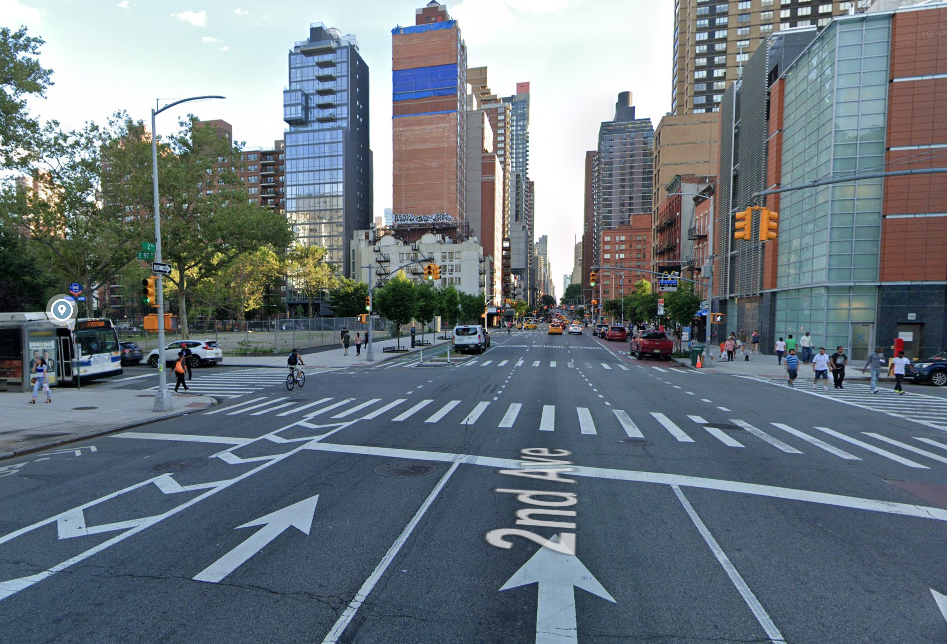 A driver fatally struck an e-bike rider in New York and then fled the scene of the accident. 42 year old Ernesto Guzman of East Harlem was delivering a pizza on his e-bike yesterday around 4:30 pm when a black Chevrolet Tahoe SUV with TLC plates crashed into him. The driver then left, leaving the man dying on the street. The accident occurred in East Harlem at the intersection of E. 97th Street and Second Avenue. The Police found the vehicle abandoned by the driver on E. 96th Street. They are still looking for the runaway driver. The victim had delivery bags with him and a witness at a nearby Deli told the NY Daily News that they flew 3 feet away during the collision. The witness also mentioned that the victim was badly injured with a lot of blood coming out of his head.
A driver fatally struck an e-bike rider in New York and then fled the scene of the accident. 42 year old Ernesto Guzman of East Harlem was delivering a pizza on his e-bike yesterday around 4:30 pm when a black Chevrolet Tahoe SUV with TLC plates crashed into him. The driver then left, leaving the man dying on the street. The accident occurred in East Harlem at the intersection of E. 97th Street and Second Avenue. The Police found the vehicle abandoned by the driver on E. 96th Street. They are still looking for the runaway driver. The victim had delivery bags with him and a witness at a nearby Deli told the NY Daily News that they flew 3 feet away during the collision. The witness also mentioned that the victim was badly injured with a lot of blood coming out of his head.
When EMS and the police arrived, they transported the victim to a hospital emergency room which was just yards away from the scene of the accident but it was too late. Ernesto Guzman was so badly injured that he passed away.
The police are still investigating the accident. According to preliminary investigation, the e-bike rider was driving south on Second Ave when he was hit by the SUV driving West on 97th Street.
The Hudson Tunnel and the Brooklyn Bridge among the top five infrastructure dangers in the US
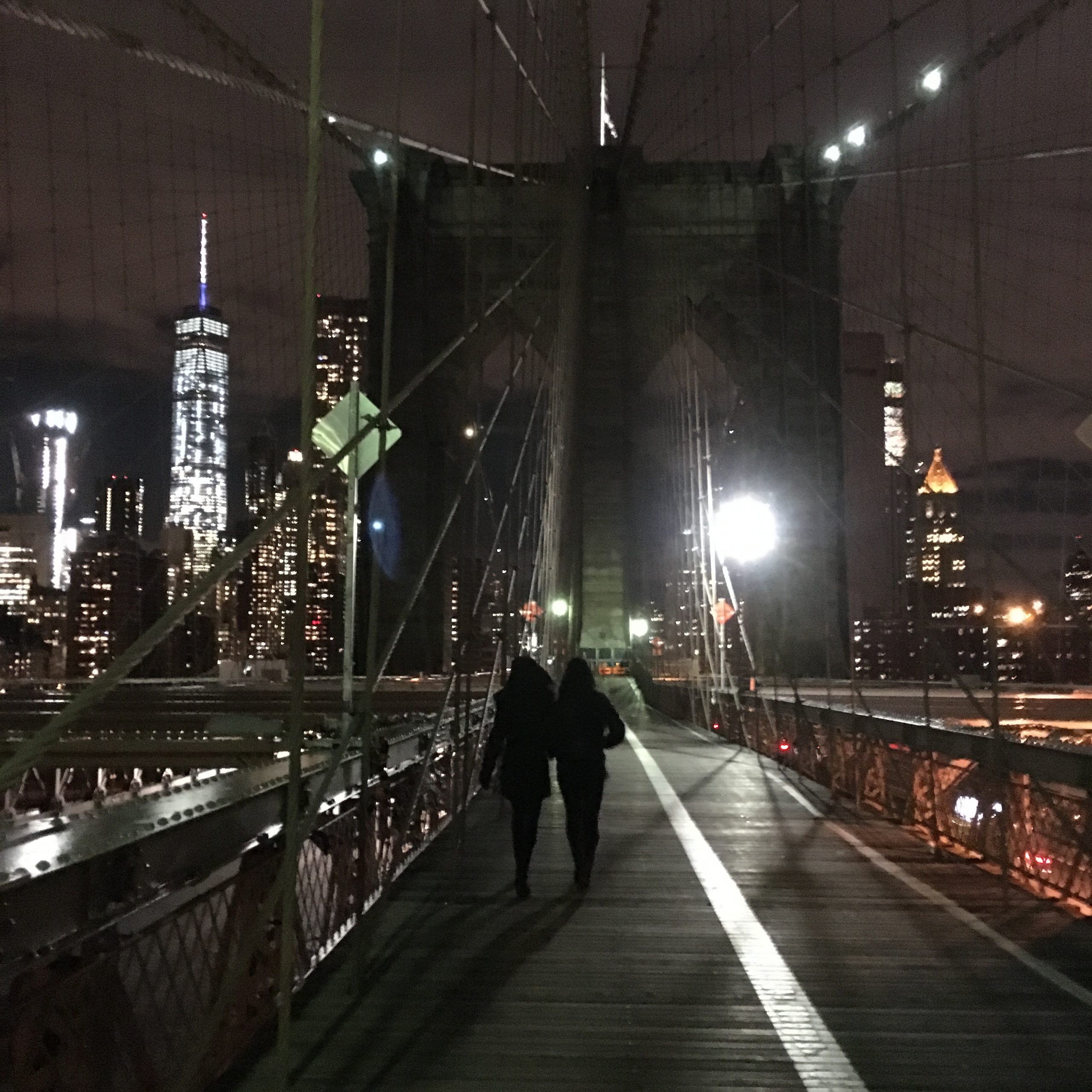 Delays in the Hudson Tunnel Project are putting thousands of travelers at risk of dying in a major infrastructure disaster every day. The Hudson Tunnel which was seriously damaged during Super Storm Sandy after salty water flooded the tunnel has since been suffering from rapid deterioration. The project to built another tunnel under the Hudson River and to rehabilitate the old one has been postponed mainly because the Trump administration refuses to make good on the previous decision by the Obama administration to pay for half of the project which is estimated at $11.6 billion. Every day an average 450 Amtrak trains carry an estimated 200,000 passengers through the tunnel which is kept operational by ongoing emergency maintenance. Amtrak says the tunnel is safe however the salty water that entered the tunnel during super storm Sandy left behind corrosive chlorides which are attacking the concrete tunnel liner and bench walls where the electrical and train signaling systems are located.
Delays in the Hudson Tunnel Project are putting thousands of travelers at risk of dying in a major infrastructure disaster every day. The Hudson Tunnel which was seriously damaged during Super Storm Sandy after salty water flooded the tunnel has since been suffering from rapid deterioration. The project to built another tunnel under the Hudson River and to rehabilitate the old one has been postponed mainly because the Trump administration refuses to make good on the previous decision by the Obama administration to pay for half of the project which is estimated at $11.6 billion. Every day an average 450 Amtrak trains carry an estimated 200,000 passengers through the tunnel which is kept operational by ongoing emergency maintenance. Amtrak says the tunnel is safe however the salty water that entered the tunnel during super storm Sandy left behind corrosive chlorides which are attacking the concrete tunnel liner and bench walls where the electrical and train signaling systems are located.
According to a recent article in Construction Dive, the delay in the Hudson Tunnel Project is on the top of the list of the five biggest infrastructure disasters waiting to happen in the US. The second one is the portion of U.S. Highway 1 that runs on the East Coast of Florida. The Highway is on the top of the list of America’s most deadliest roads with more than 1000 people dying in crashes yearly. The Mojave River Dam in San Bernardino is number 3 on the list. The dam has a high risk to fail according to the U.S. Army Corps of Engineers which assess the risk of failure of American dams. A failure of the Mojave River Dam threatens 300,000 people living in communities located as far as 140 miles away from the dam. The Brooklyn Bridge is number 4 on the list of the largest infrastructure dangers in the US. The Brooklyn Bridge is listed among 46,000 other bridges in the US which are structurally deficient. However, the bridge might soon be removed from the list as it is undergoing a $238 million rehabilitation. Last on the list of the top 5 infrastructure disasters waiting to happen is the lead contamination of the water in Chicago. The use of lead pipes as service lines was banned by federal laws in 1986 but Chicago still relies on 400,000 lead service lines to bring the water into 80% of the city’s homes. As a result two thirds of Chicago homes have lead in their tap water and one third of them have a lead level which is above the level autorized in bottled water.
Crane accident at construction site leads to massive debris falling on the street of Midtown Manhattan
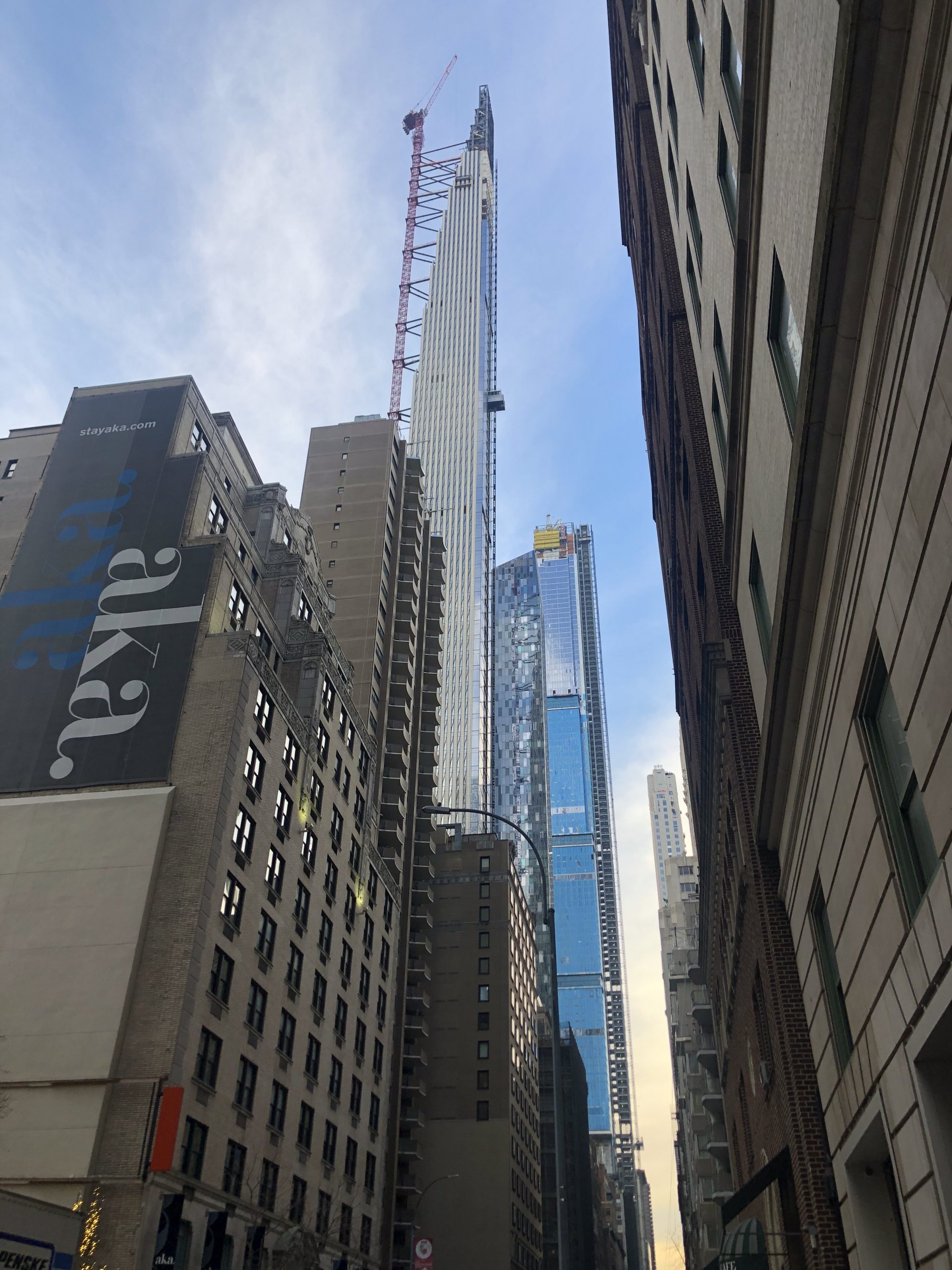 Thankfully nobody was injured after a loose cable on a spinning crane hit a building under construction sending giant metal debris down the streets in Midtown Manhattan yesterday night around 7 PM and creating chaos.
Thankfully nobody was injured after a loose cable on a spinning crane hit a building under construction sending giant metal debris down the streets in Midtown Manhattan yesterday night around 7 PM and creating chaos.
The metal pieces fell from the 84th floor of a high rise under construction at 111 West 57th Street. The spinning crane at the top of the building first caused concerns that it could be loose or unstable but later on firefighters noticed that a cable hanging from the spinning boom was constantly hitting the building, destroying it and sending pieces of metal down the street near the intersection of 6th Avenue and 56th Street.
A crane crew was then sent up and the crane operator was able to get into the crane and secure the loose cable. The DOT issued a full stop work order for failure to safeguard public and property construction operations.
100,000 Site Safety Training Cards issued to New York Construction Workers by the DOT
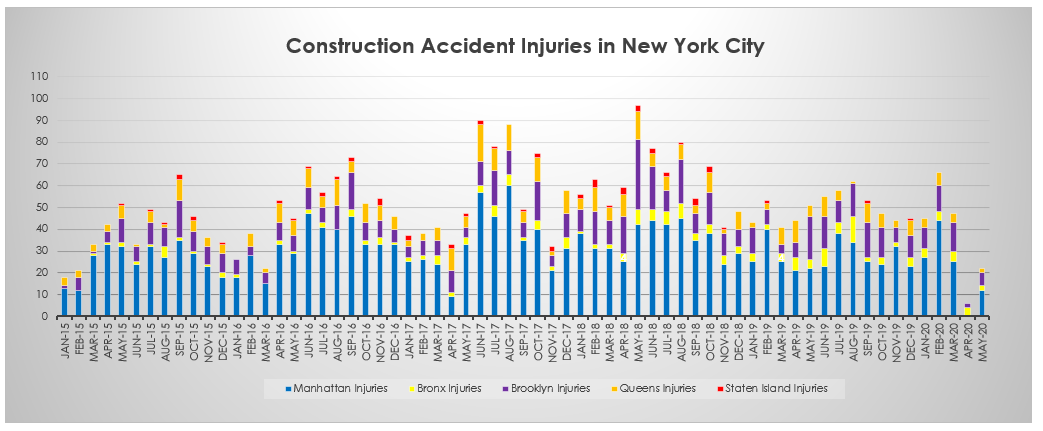 To reduce construction accident injuries and deaths in New York City, Local Law 196 was signed in 2017. The law requires that hard hats working on most New York City construction sites obtain a SST card in a specific deadline. To obtain this card, construction workers must complete at least 40 hours of OSHA or DOB approved safety training while their supervisors are required to complete at least 62 hours of safety training. Because of the Covid-19 situation, the deadline to obtain the SSD card was extended to March 2021.
To reduce construction accident injuries and deaths in New York City, Local Law 196 was signed in 2017. The law requires that hard hats working on most New York City construction sites obtain a SST card in a specific deadline. To obtain this card, construction workers must complete at least 40 hours of OSHA or DOB approved safety training while their supervisors are required to complete at least 62 hours of safety training. Because of the Covid-19 situation, the deadline to obtain the SSD card was extended to March 2021.
The NYC Department of Buildings announced that as of today 100,000 nyc construction workers completed their training and obtained their SSD card
The DOT believes that the safety training led to a reduction of more than 20% of work site injuries in New York City last year. The DOB also announced that construction companies with more than 15 employees can now file an application to receive a one-time grant to help reduce the cost related to training.
Keeping Up with Neuroscience: Trauma-Informed Training for Child Welfare Staff
 When a child suffers personal injury as the result of an abuse by an adult, Child Protective Services will intervene to prevent more injuries to the child. However when a child suffers emotional trauma, child welfare workers often lack knowledge and basic training on the neurology of trauma and the factors that will promote brain resilience. As a result, children are often placed in homes that are not appropriate for their well being and healing.
When a child suffers personal injury as the result of an abuse by an adult, Child Protective Services will intervene to prevent more injuries to the child. However when a child suffers emotional trauma, child welfare workers often lack knowledge and basic training on the neurology of trauma and the factors that will promote brain resilience. As a result, children are often placed in homes that are not appropriate for their well being and healing.
In a recent article, Susan Radcliffe, LCSW-C, a mental health therapist and a clinical social worker at the Dorchester County Health Department, Cambridge, MD and Daniel Pollack, MSSA (MSW), JD, an attorney and professor at Yeshiva University’s School of Social Work, look at the case of a Child Protective Service worker who after being informed by a mental health therapist that a boy placed in a safety home alleged that his “emergency plan safety parents” were physically fighting decided the boy should remain in the home. When the mental health therapist questioned the decision, The Child Protective Services worker replied “What do you want me to do?”. She also said she was following her training.
The article provides an in-depth explanation on how, during an emotional trauma the limbic system of the brain produces cortisol, a stress hormone that provides energy to respond to danger. For example if a car is speeding toward an individual, the cortisol will give the person the energy to respond to the danger and quickly get out of the way.
10 our our New York Personal Injury Lawyers named Super Lawyers 2020 and 2 Rising Stars 2020
 10 of our NYC Personal Injury Attorneys have been named Super Lawyers 2020 and 2 have been named Rising Stars 2020. We would like to congratulate:
10 of our NYC Personal Injury Attorneys have been named Super Lawyers 2020 and 2 have been named Rising Stars 2020. We would like to congratulate:
- Ben Rubinowitz: Super Lawyer 2020 for the 15th consecutive year
- Top 100 New York Metro Super Lawyer 2020, 2019, 2018, 2017, 2016, 2015, 2014, 2013, 2012, 2011, 2010, 2009, 2008, 2006
Man seriously injured after falling in a sinkhole in New York
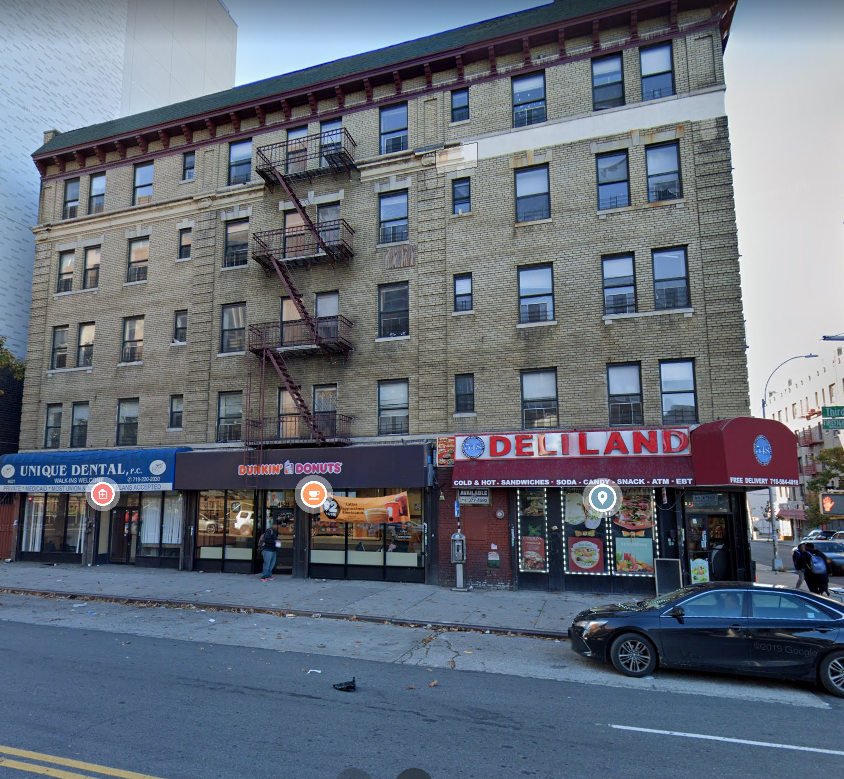 A man suffered serious personal injury after falling 15 feet into a sinkhole in New York City. The 33 year old victim was waiting for his bus in front of a building located at 4521 Third Avenue in Tremont in the Bronx when the sidewalk suddenly sank under him. The accident occurred last Saturday a little bit after noon. The FDNY rushed to the rescue, brought a ladder to the scene and brought the victim back to the surface. The man was then rushed to the hospital where he is now listed in stable condition. The NYC Department of Buildings found that the vault of the building was in disrepair, causing the ground above it to sink. The DOT issued a construction violation for the vault and also ordered the building to be immediately vacated. According to the Gothamist, the building was already empty with the exception of a dentist office on the first floor. The building is owned by EH And HD 183rd Realty. It was put on sale around a year ago for $9 million. The owner was ordered by the DOB to install a construction fence around the building to avoid other accidents. The building has a total of 28 complaints and 29 violations from the DOB including 4 active. 2 of the active ones are elevator related violations.
A man suffered serious personal injury after falling 15 feet into a sinkhole in New York City. The 33 year old victim was waiting for his bus in front of a building located at 4521 Third Avenue in Tremont in the Bronx when the sidewalk suddenly sank under him. The accident occurred last Saturday a little bit after noon. The FDNY rushed to the rescue, brought a ladder to the scene and brought the victim back to the surface. The man was then rushed to the hospital where he is now listed in stable condition. The NYC Department of Buildings found that the vault of the building was in disrepair, causing the ground above it to sink. The DOT issued a construction violation for the vault and also ordered the building to be immediately vacated. According to the Gothamist, the building was already empty with the exception of a dentist office on the first floor. The building is owned by EH And HD 183rd Realty. It was put on sale around a year ago for $9 million. The owner was ordered by the DOB to install a construction fence around the building to avoid other accidents. The building has a total of 28 complaints and 29 violations from the DOB including 4 active. 2 of the active ones are elevator related violations.
Who is responsible for a sinkhole on a sidewalk?
In New York, it is the responsibility of the building owner to maintain its property in a safe condition. If someone is injured because the owner neglected to maintain its property in safe condition, the owner may be held legally responsible for the injuries if they occurred on the owner’s property (see our premises liability page). In New York City, the maintenance of the sidewalk in front of the property is usually the responsibility of the owner.
The Administrative Board of New York’s Office of Court Administration takes the unprecedented action of denying re-certification to 46 Supreme Court Judges
Recently, the Administrative Board of New York’s Office of Court Administration took the unprecedented action of denying re-certification to 46 Supreme Court Judges, ending their careers on the Bench. Those justices were required to apply to continue to serve based solely upon their age.
Gair, Gair, Conason, Rubinowitz, Bloom, Hershenhorn, Steigman & Mackauf stands with all New York judges in the fervent hope that this decision be reconsidered and each of these excellent jurists receive the individual consideration of their applications which they have earned. Now, more than ever, our citizens need confidence that they have access to a fair and functioning judicial system. The simultaneous loss of all of these hard-working judges greatly diminishes the ability of our Court system to ensure that provision of timely and absolute justice that provides the bedrock foundation of a just society. Even in these tumultuous times of unforeseen financial challenges, we hope that a place remains for so many talented Judges. It is these Judges who have given their careers to serving the public and providing even-handed justice. Now more than ever we need their time tested experience to guide us through these difficult times and put us back on the right path ensuring justice for all.
 New York Personal Injury Attorneys Blog
New York Personal Injury Attorneys Blog


